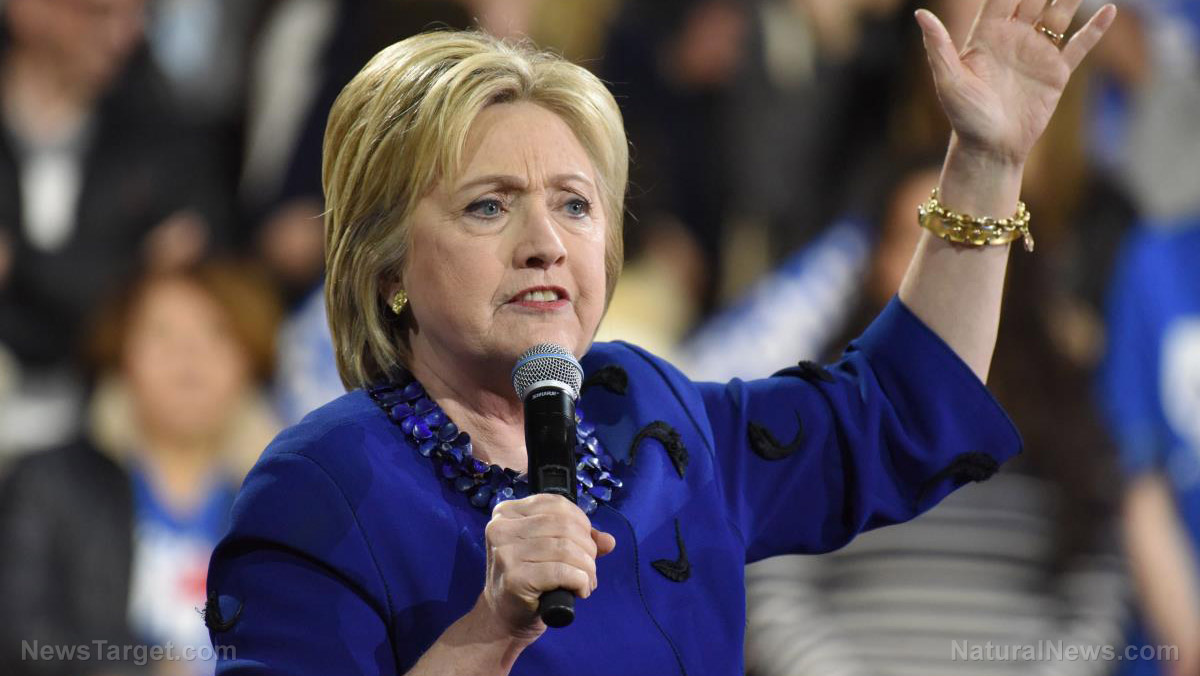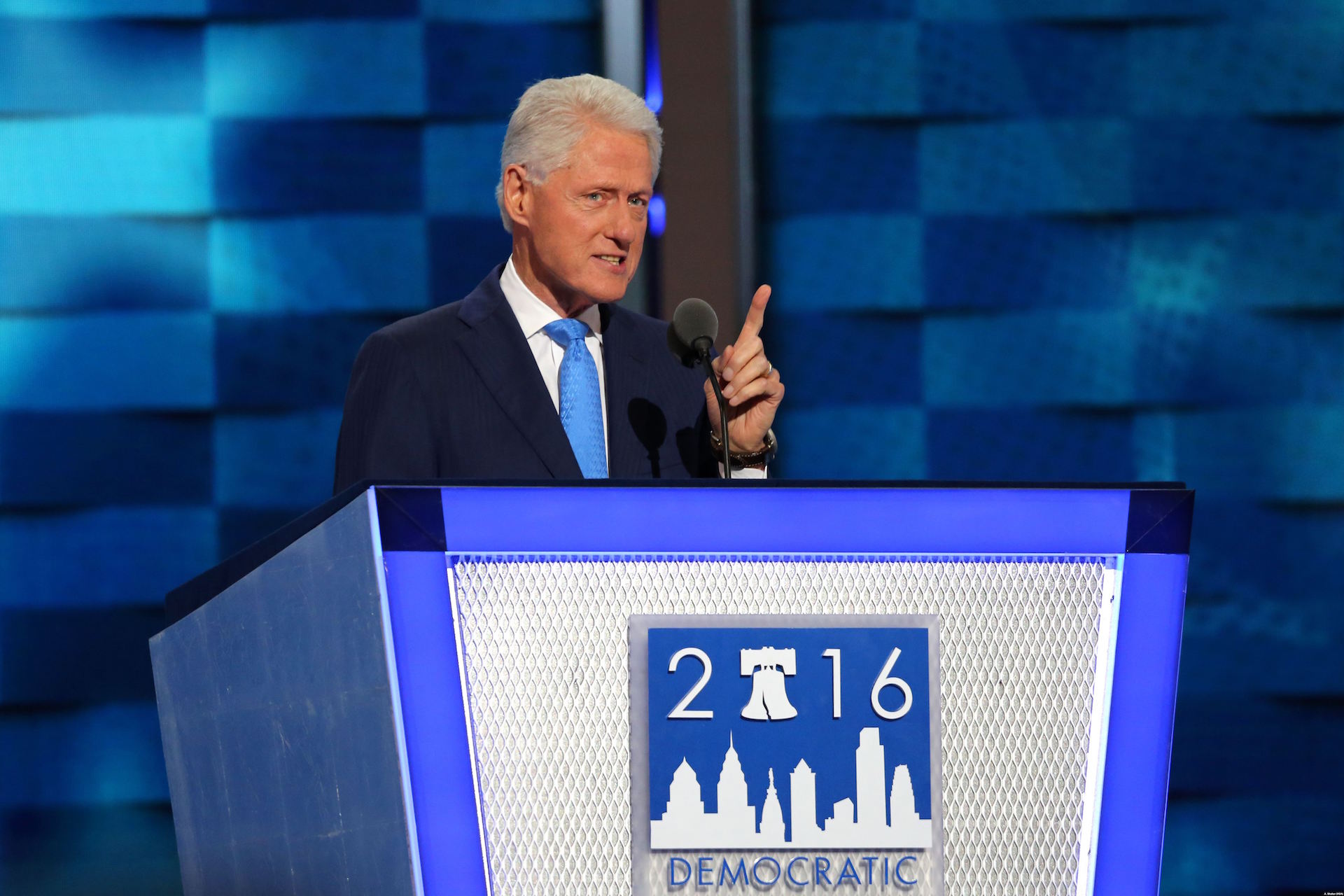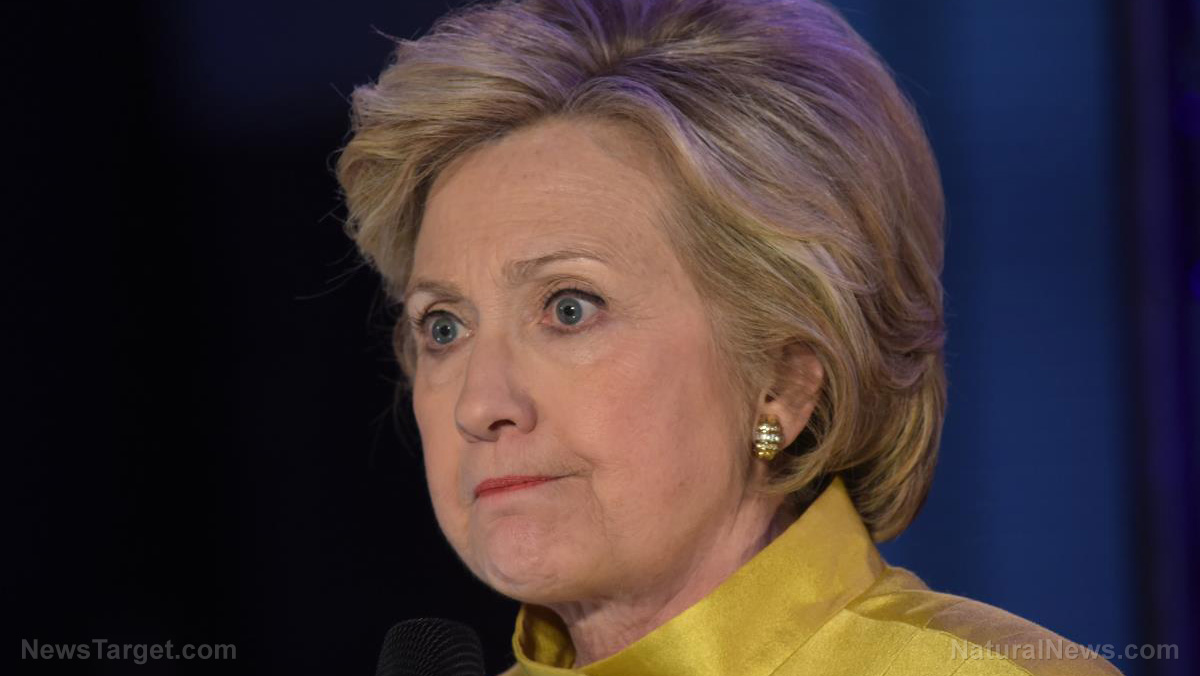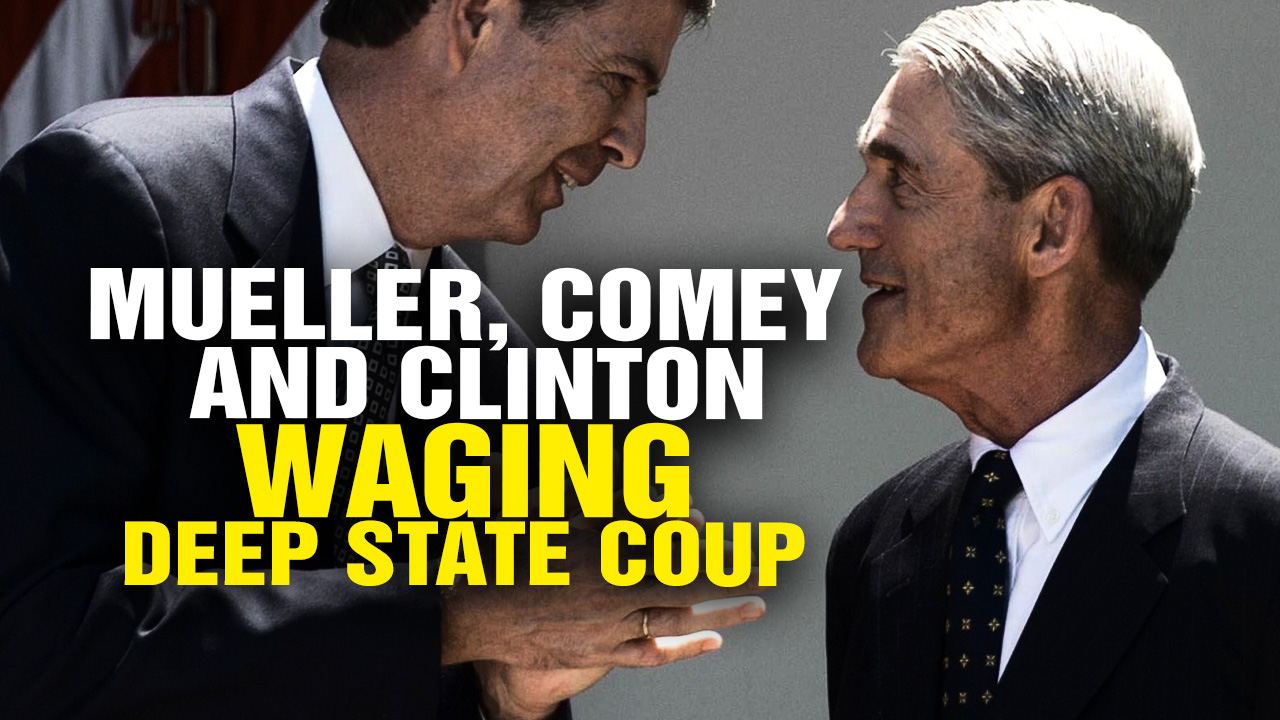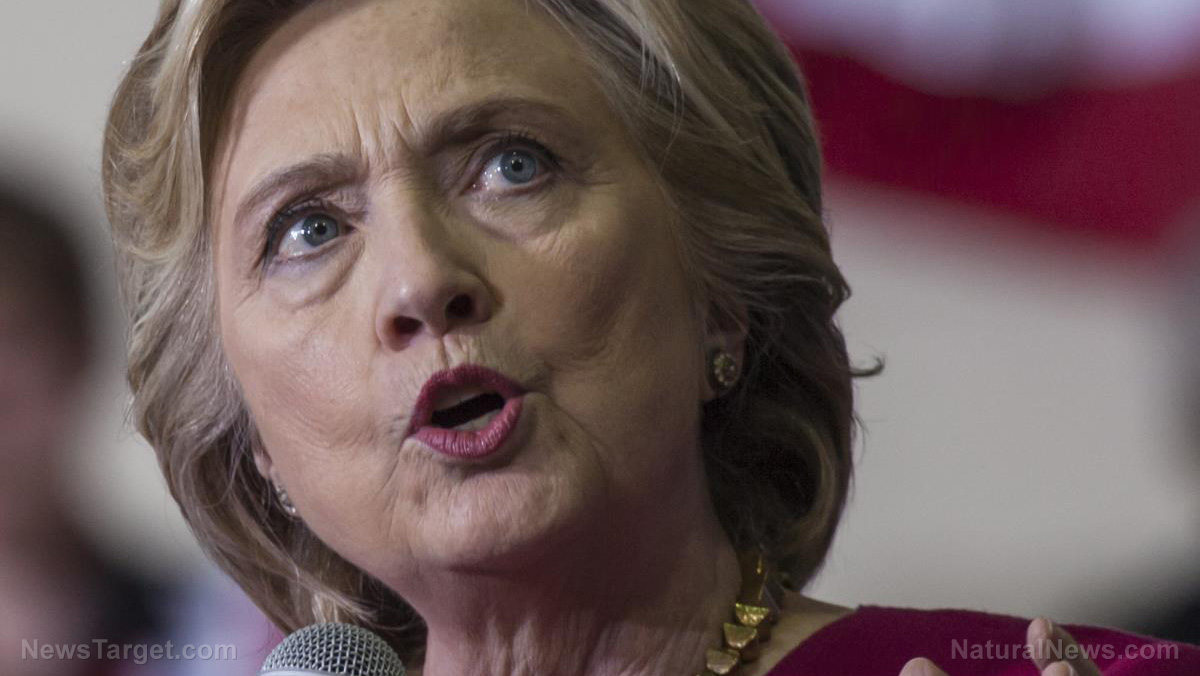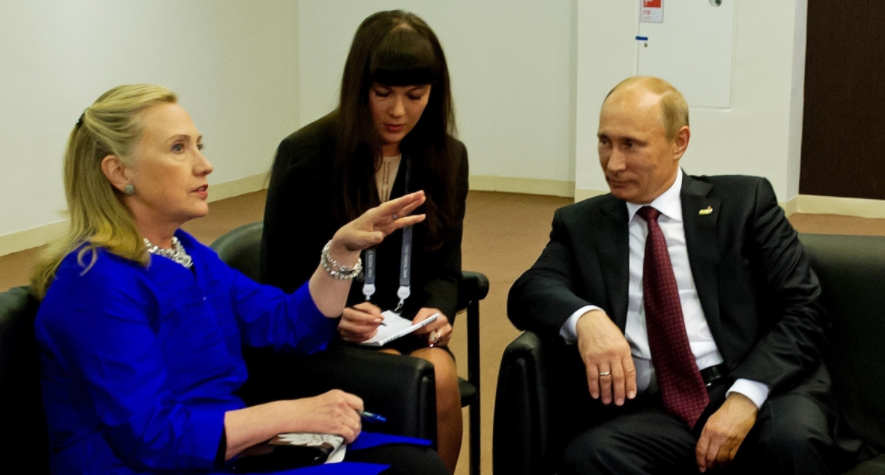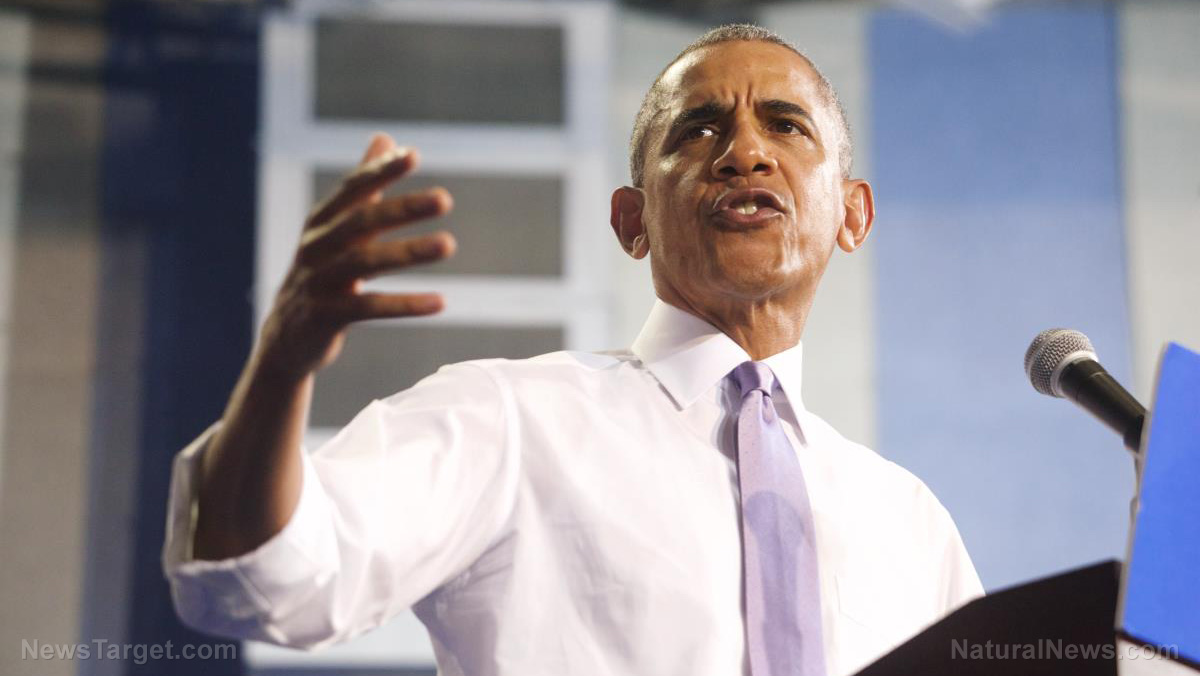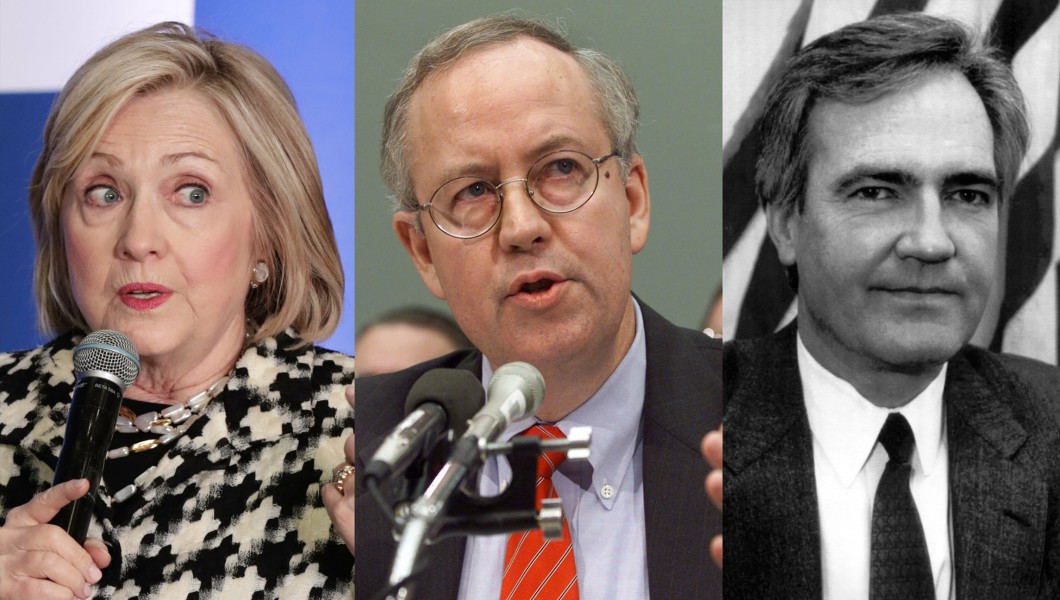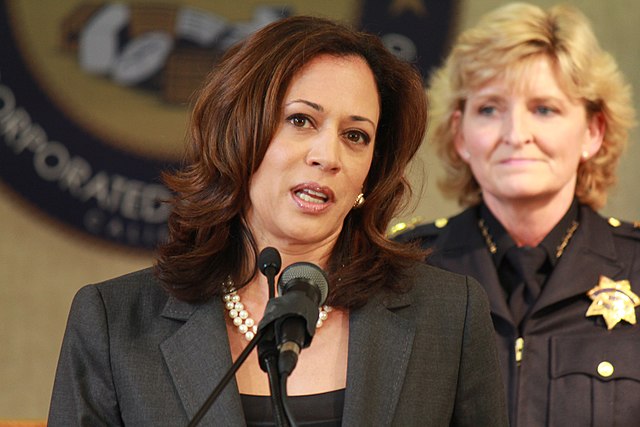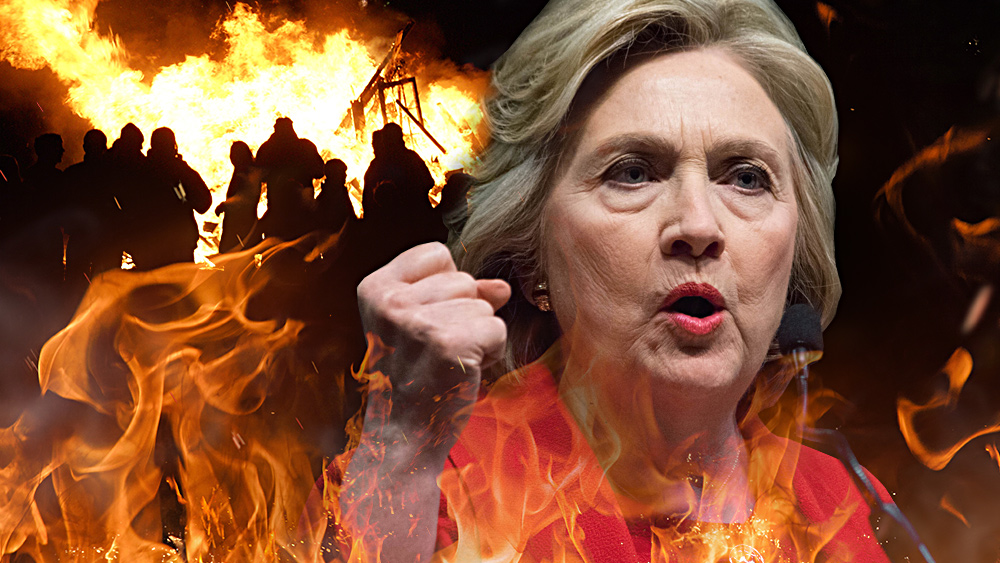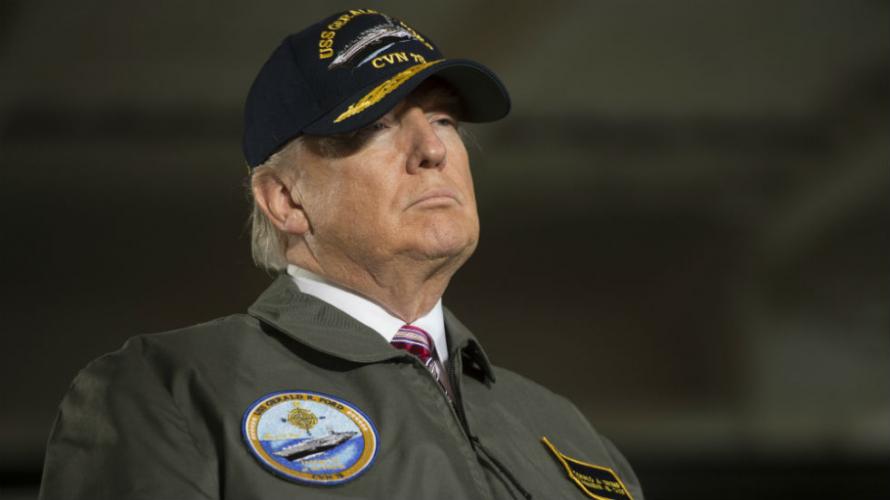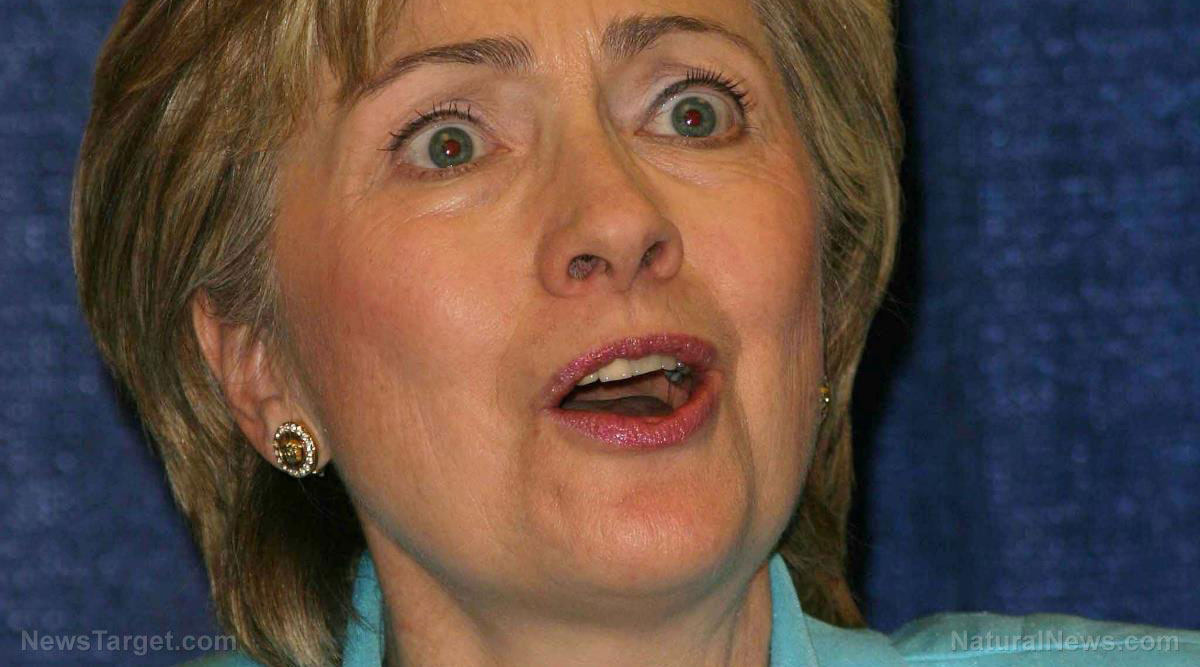The most charitable reading of this timeline is that her campaign — presumably with the blessing and perhaps insistence of the candidate — fully intended to keep her illness a secret from the public. Let’s be clear about what this means: Her campaign intended to lie. Even though doing so would require her to keep up a public schedule that might well make her condition worse and require ever-more elaborate forms of concealment. Because, of course, to curtail her schedule would raise questions that might reveal the truth.
So even after she collapsed, the campaign decided the ruse would continue. It arranged for the candidate to make her curbside declaration of wellness, even bringing on the girl to give her a “spontaneous” hug. (Clinton’s protection detail would never have permitted a genuinely spontaneous embrace on the street, even by a child.)
It’s easy to understand why the Clinton campaign would want to keep this kind of news a secret. The candidate doesn’t trust the media. The right has been hitting her over supposed health issues for months (andeven years), and the assault has picked up in intensity over the past week or so — since Clinton found herself in the midst of an extended coughing fit at a campaign event in Cleveland. Then there’s the gender dynamic. Donald Trump presents himself as a hyper-masculine tough guy, while Clinton is the first female presidential nominee. The Clinton camp is probably twice as terrified of their candidate looking frail as a less path-breaking campaign would be.
So the campaign chose to lie. The potential reward was considerable: namely, an absence of politically damaging news stories about Clinton’s medical condition. But the risk was enormous — and it’s blown up in their faces. Because now the story isn’t just that Clinton is ill. It’s that, once again, she’s untrustworthy — and this time about her own health.
That’s why the announcement that she has pneumonia will only fuel more speculation about Clinton’s physical condition, with potentially no end in sight. The world saw her collapse, and 90 minutes later, the candidate looked America in the eye and proclaimed that she was feeling great. Except now we know that she wasn’t.
Not long after this charade, someone on the campaign staff made the call to come clean. But it may well have been too late.
The best the campaign can hope for now is that Clinton recovers quickly and soon looks healthy in her public appearances. Then maybe the topic will recede into the background of the campaign. The candidate got sick, but then she got better. End of story.
But if she doesn’t recover quickly? If she appears weak and frail for more than a few days? Then, yes, she’ll face perfectly reasonable questions about whether she’s physically up to serving as president. But worse, she’ll confront lingering doubts about what, precisely, is ailing her. “It’s pneumonia,” the campaign will proclaim over and over again. To which a skeptical America will justifiably reply, “Yes, we can tell that you’d like us to think so. But we have no reason to trust that’s true.”
Political trust is a fragile thing. Once it’s gone, it’s exceedingly difficult to get back — and without it, there’s no basis on which to dismiss conspiracy theories that even normally level-headed observers will begin, for perfectly understandable reasons, to entertain.
Like so many of the scandals and pseudo-scandals that have dogged Hillary Clinton and her husband through the years, this one needs to be recognized as entirely self-inflicted. The campaign now has to live with the consequences of having chosen to lie to get out of a problem.



